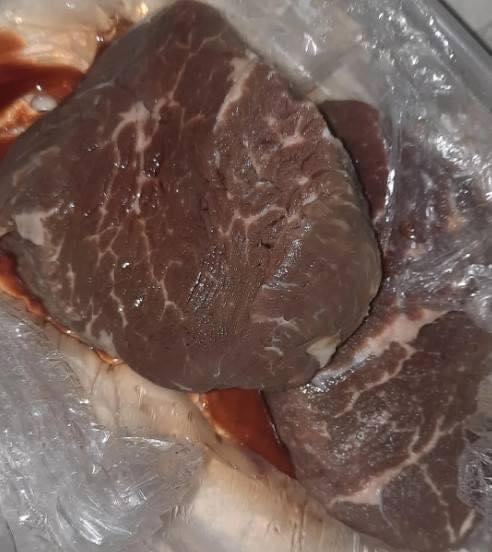
Ground meat is a versatile ingredient in many dishes, from tacos and lasagna to meatloaf and meatballs. However, it can be concerning if your ground beef appears darker than usual. Here’s what different colors in ground beef can mean and how to tell if it’s safe to eat.
Why is Ground Beef Gray?
If your ground beef looks gray, it’s likely due to oxidation, which occurs when meat is exposed to air. This is a natural process that can cause surface discoloration. Certain preservatives, like sodium nitrite, can also give ground meat a grayish hue. Additionally, ground beef stored for a long time may discolor due to bacterial growth, so it’s important to determine the cause.
Typical Color and Other Variations
Fresh ground beef is typically bright red, thanks to a protein called myoglobin. Over time, it may turn brown as it oxidizes, which usually indicates it’s nearing its expiration date but still safe to eat. A greenish tint, however, signals spoilage, and black patches can mean mold contamination.
How to Tell if Ground Meat is Spoiled
To check if ground beef is spoiled, consider these signs:
• Smell: Spoiled meat has a strong, unpleasant odor.
• Texture: Fresh ground beef should feel firm and slightly moist. A sticky or slimy texture indicates spoilage.
• Expiration Date: Always use ground beef before its expiration date.
• Appearance: Excess liquid, tissue breakdown, or mold are clear signs to discard the meat.
Bottom Line
Gray ground beef is generally safe if stored correctly and shows no signs of spoilage. If the meat appears green, smells bad, or has a strange texture, it’s best to throw it out. When in doubt, prioritize food safety to protect your health.